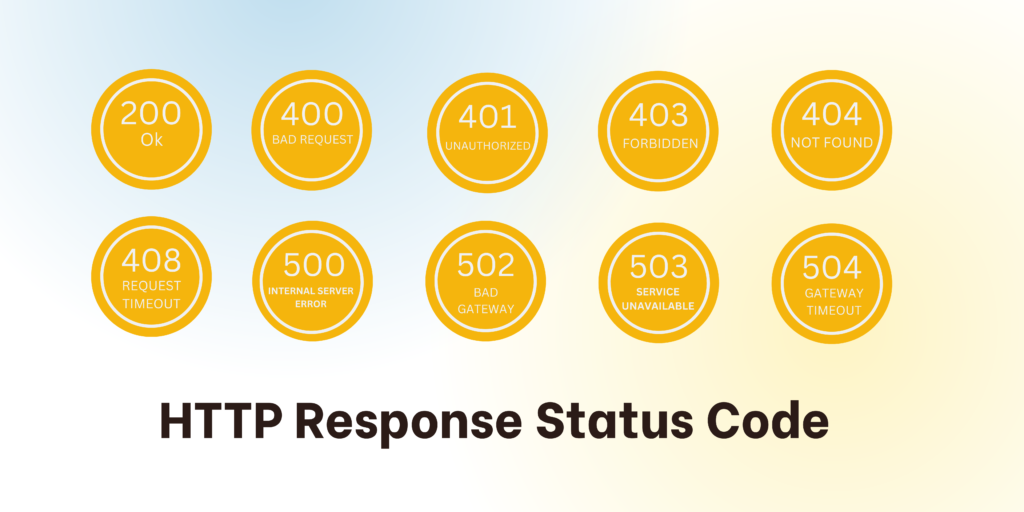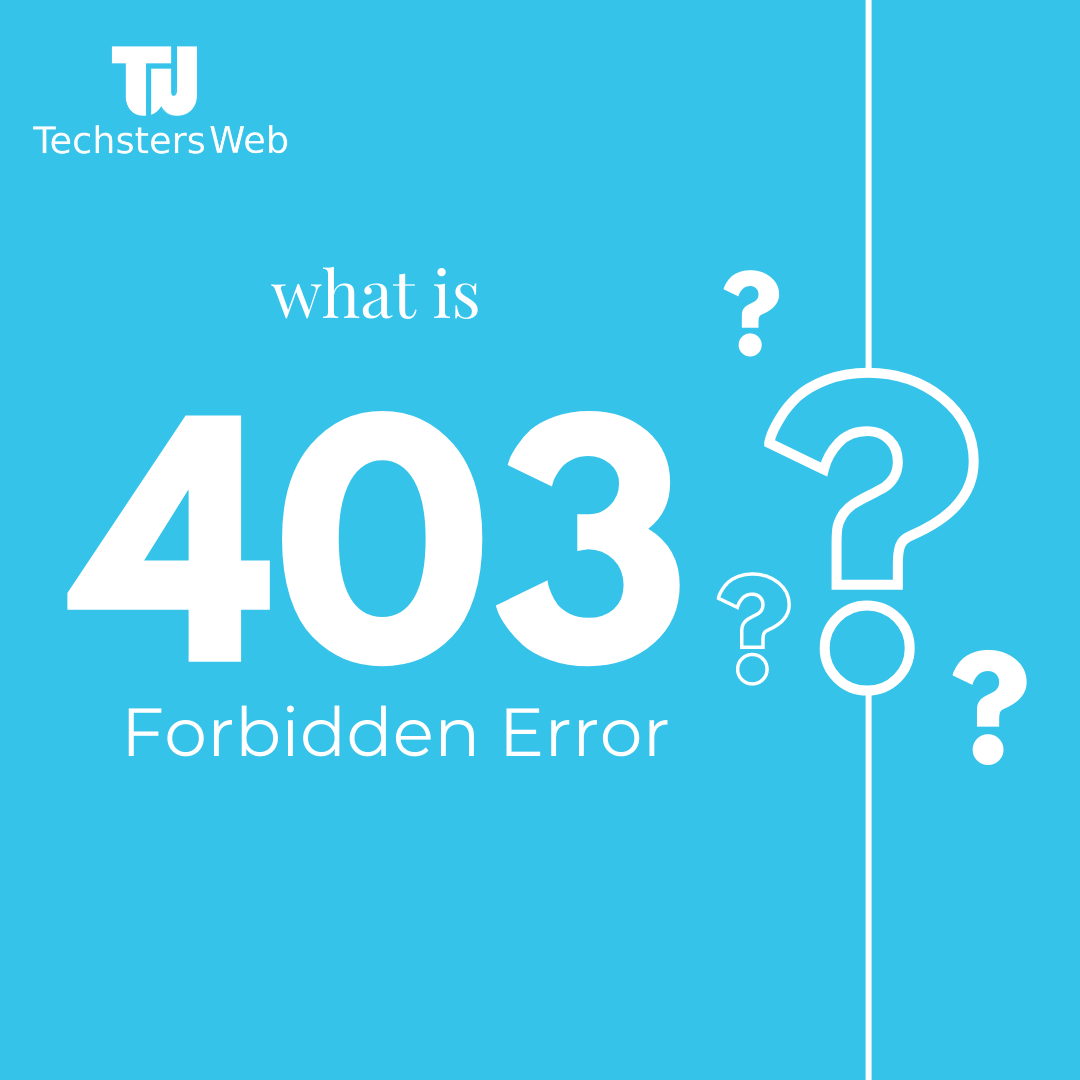
HTTP (Hypertext Transfer Protocol) status codes indicate the status of a client’s request to a server. Here are some common HTTP error codes:
- 200 OK – Successful request
- 301 Moved Permanently – Resource has moved permanently to a new URL
- 302 Found – Resource temporarily moved to a different URL
- 400 Bad Request – Invalid request syntax or parameters
- 401 Unauthorized – Authentication is required and has failed or has not been provided
- 403 Forbidden – Client does not have access rights to the content
- 404 Not Found – The requested resource could not be found on the server
- 500 Internal Server Error – The server encountered an unexpected condition that prevented it from fulfilling the request
- 503 Service Unavailable – The server is currently unable to handle the request due to temporary overloading or maintenance of the server
- 504 Gateway Timeout – The server, acting as a gateway or proxy, did not receive a timely response from the upstream server.
These error codes are typically accompanied by a message or description that provides more information about the specific error.
#statuscode #error #statuscode #forbiddenerror #badrequesterror #internalservererror #WebDesign #Webdevelopmentcompany #websitedevelopmentcompany #webdesigningcompany #itcompany #codingstandards #codingmistakes #startups #coding #programming







